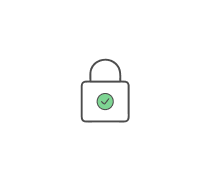CISSP Prep- Access Control Questions
- CISSP
- ISO/IEC 27001
2.
You may optionally provide this to label your report, leaderboard, or certificate.
×
Thank you for your feedback!
















